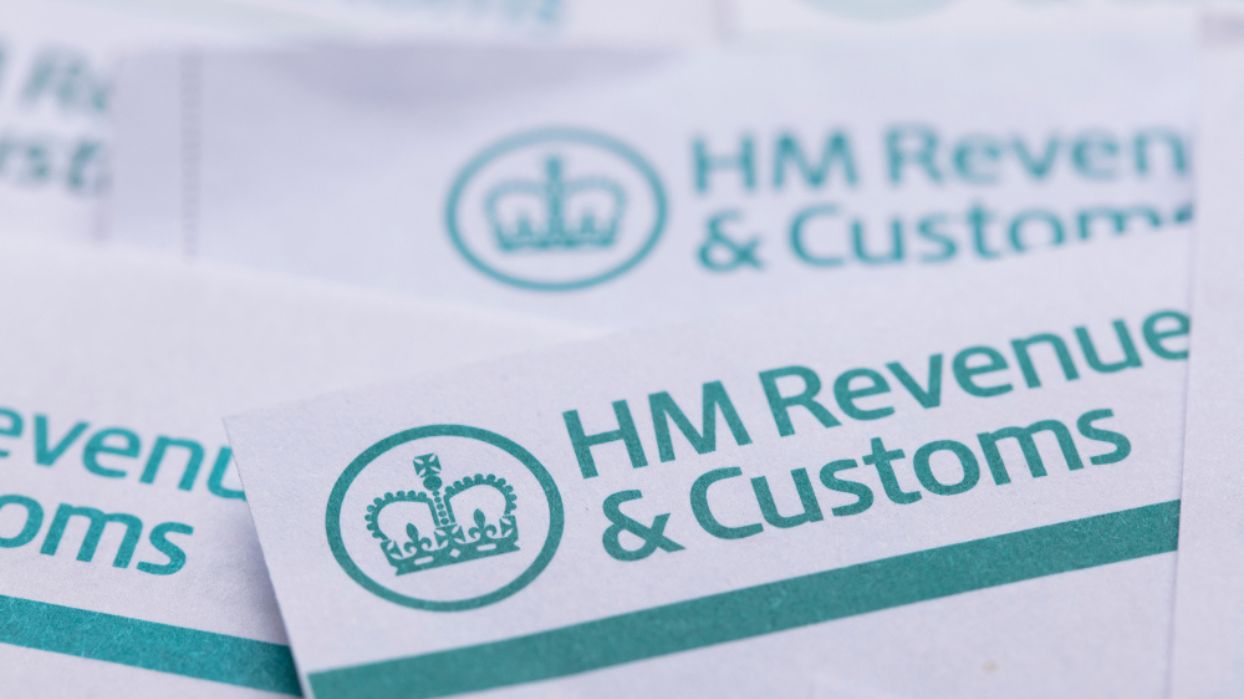Ahead of the spring Budget on 15 March, there was MP scrutiny of tax reliefs available to taxpayers investing in early-stage businesses through HMRC’s venture capital schemes, including the Enterprise Investment Scheme. However, the government has not announced any restriction of these reliefs, with one of the schemes even being expanded. This is a good time to review how these schemes work and areas of dispute to watch out for.
Anastasia Nourescu and Olivia Shaw look at what the Enterprise Investment Scheme is, who can benefit from the tax reliefs offered under the scheme and common disputes that arise in this area.
What is EIS?
The Enterprise Investment Scheme (EIS) is one of four venture capital schemes set up by HMRC in 1994 to help small and medium-sized companies grow by raising funds through private investment. The schemes offer tax reliefs to investors who buy and hold new shares in certain types of companies.
A company may qualify for EIS if it has:
- no more than £15m in gross assets,
- less than 250 employees, and
- been no more than seven years since its first commercial sale.
The EIS conditions are slightly more relaxed for knowledge-intensive companies, ie those that carry out a significant amount of research and development.
These young EIS-qualifying companies vary across a wide range of sectors and industries, from TV and media productions to meal delivery services. However, companies in some sectors are excluded from EIS, such as those dealing in land, financial instruments or commodities.
The other three venture capital schemes, which we will not cover in detail, are:
- Seed Enterprise Investment Scheme (SEIS) – for smaller and newer companies (less than three years old) with less than £350,000 in assets and fewer than 25 employees.
- Social Investment Tax Relief scheme (SITR) – for social enterprises such as registered charities, community interest companies and community benefit societies with less than £15m in assets and fewer than 250 employees.
- Venture Capital Trust scheme (VCT) – for companies that have been approved by HMRC and invest in, or lend money to, unlisted companies and have less than £15m gross assets, fewer than 250 employees and are less than seven years old.
Who are the investors?
EIS is aimed at high net worth or sophisticated investors. Their investment could be into a single company or through a fund managed by an investment manager. Investing in start-ups and other young businesses is risky, as research shows that 20% of UK businesses fail in their first year and 60% fail in the first three years. These investments are volatile and illiquid, so they can be harder to sell than shares in listed companies, and investors will bear a greater risk if their value goes down.
These schemes generally attract experienced investors who provide a vital source of capital to young businesses that would otherwise struggle to raise the finance. The tax reliefs available through EIS and other venture capital schemes are intended to alleviate and compensate for some of the risks the investors take.
Advantages of investing through EIS
There are five main tax reliefs available to those who invest in EIS-qualifying companies and hold the shares for at least three years:
- Income tax relief of up to 30% on an investment up to £1m per year
- Tax-free capital gain on any profits
- Capital gains deferral, which allows investors to reinvest a gain made on the sale of an asset in an EIS-qualifying company without any need to pay CGT until the EIS investment is sold
- Loss relief, which allows investors to write off losses on EIS companies against CGT or income tax liabilities
- Inheritance tax relief for investors who have held the EIS shares for at least two years at the time of death.
Common EIS disputes
The EIS requirements are stringent and complex. If HMRC considers the requirements are not met, it may refuse a company’s application for authority to issue EIS certificates to investors, meaning the investors will not be able to benefit from the relevant tax reliefs. Equally, if HMRC authorises a company under EIS and later discovers the company did not meet the conditions, or if a taxpayer claims tax relief without holding the relevant EIS certificates, it may disallow the claimed tax relief and assess the taxpayer.
Disputes commonly arise in relation to the following areas of the EIS regime:
- Risk to capital: To qualify for EIS, companies must have objectives to grow and develop their trade in the long term (usually three years), and there must be a significant risk of loss of capital that is greater than the net investment return. This is known as the “risk-to-capital condition”. HMRC may consider this condition is not met where the company cannot show it is actively growing and developing its trade, for example, where it is simply raising cash to finance a one-off project. It is important to keep contemporaneous documents showing a realistic business plan to make profits and increase the customer base and number of employees.
- Qualifying trade issue: The issuing company must be a trading company which carries on (or is preparing to carry on) a “qualifying trade”. A qualifying trade is a trade conducted on a commercial basis with a view to making profits. All trades qualify for EIS unless they consist wholly or substantially of excluded activities. This means that no more than 20% of the trade can consist of activities such as coal or steel production, farming or financial services.
- No disqualifying arrangements: The issued shares must not form part of “disqualifying arrangements”. These are arrangements the main purpose or one of the main purposes of which is to secure that the company carries on a qualifying trade giving rise to EIS relief, where a large proportion of the money raised is paid to a party to the arrangements, and/or there were arrangements to split the business artificially to fit within the EIS conditions.
- Purpose of issue: EIS shares must be issued to raise money for a qualifying business activity so as to promote business growth and development. Shares issued to raise money to meet day-to-day expenditure or repay existing loan financing will not qualify for EIS.
- Commerciality and tax avoidance: Finally, investors should beware of avoidance schemes. The shares in the company must be issued for genuine commercial reasons and not as part of a scheme or arrangement the main purpose or one of the main purposes of which is tax avoidance. HMRC may disallow tax relief where it considers the shares were issued in circumstances in which parliament did not intend the relief to be available. It is, therefore, best to ensure the investments are genuine and the company has the right EIS approval.
Conclusion
If you have claimed tax relief through EIS and believe any of the above issues may arise, you should seek professional advice. This will allow your advisors to engage proactively with HMRC and make a tax disclosure, if necessary. It is best to do this quickly and ideally before HMRC makes contact: approaching HMRC first to regularise your tax position will allow you to control the disclosure process and help prevent or mitigate penalties.
Our specialist tax litigation team comprises solicitors, barristers and former HMRC inspectors with extensive experience in dealing with HMRC investigations and disputes. We are well-placed to advise on tax disputes relating to EIS and engage with HMRC to secure a positive outcome.
You can find further information regarding our expertise, experience and team on our Tax pages.
If you require assistance from our team, please contact us.
Subscribe – In order to receive our news straight to your inbox, subscribe here. Our newsletters are sent no more than once a month.







